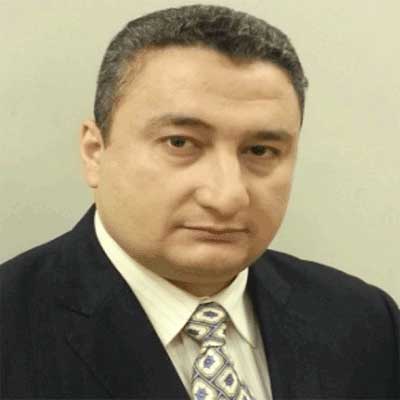Dr. Haitham Mohmed Mohamed Amer
LecturerKing Saud University, Saudi Arabia
Highest Degree
Ph.D. in Animal Science from Cairo University, Egypt
Share this Profile
Highest Degree
Ph.D. in Animal Science from Cairo University, Egypt
Share this Profile
Dr. Amer Haitham Mohamed Mahmoud is currently working as an Assistant Professor at College of Science, King Saud University, Saudi Arabia. He received his PhD in Molecular Virology from Cairo University, Egypt in 2006. The main scope of his PhD research work was the use of Baculovirus Expression Vector System (BEVS) for production of Recombinant Viral Proteins and Virus-like Particles for use as possible candidates in vaccine production. During his Master and PhD, he participated in the establishment of BEVS and hybridoma technology for the first time in his university. Dr. Amer also worked as a Postdoctoral Fellow in the Molecular Immunology Department, Robert Koch Institute, Germany, where he succeeded in development of a new system for accurate mRNA quantification of the Xcr-1 gene using Taqman real-time PCR. Dr. Amer has vast experiences in the process of developing new vaccine candidates and diagnostic kits using the modern biotechnology-based tools. These experiences were acquired from the contribution in eight research projects of relevance and collaboration with the vaccine sector in Egypt for more than 10 years. Dr. Amer shared in conducting pilot studies in the fields of molecular virology, immunology and vaccinology that were reflected in the form of scientific publications, product prototypes and patent application. His current research projects focus on isolation, characterization and sequence analysis of the prevalent Saudi strains of human respiratory viruses, development of improved tools/kits for diagnosis of virus infections e.g. real-time PCR, monoclonal antibodies, etc, the use of modern biotechnology techniques for construction and evaluation of new vaccine candidates. He has published 17 research articles in journals as author/co-author.
